Please login or click here to join.
Forgot Password? Click Here to reset pasword
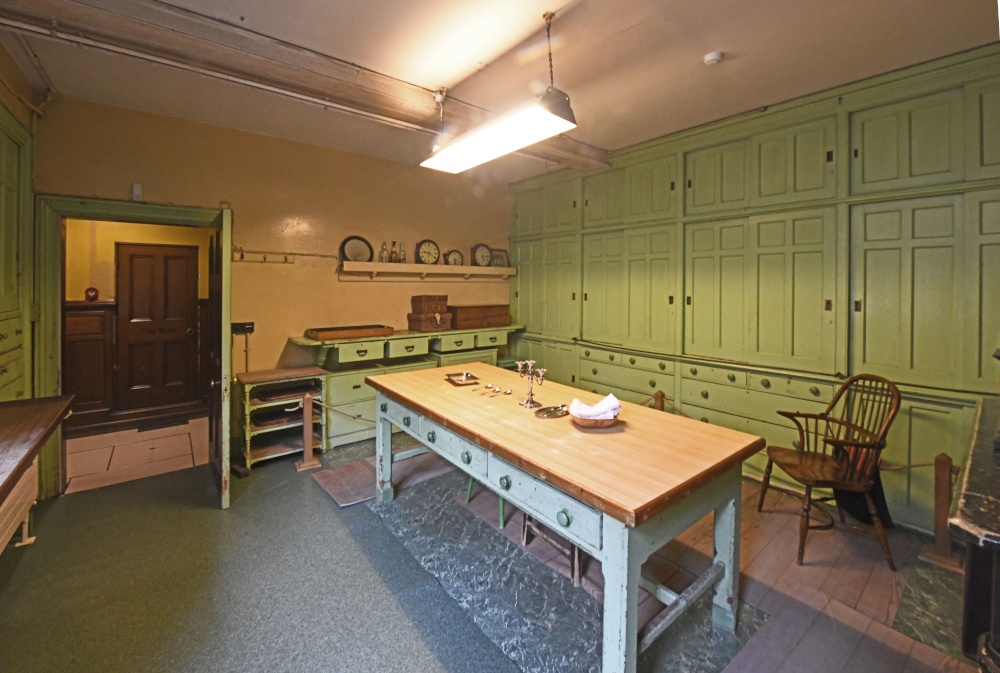 |
Tyntesfield House Interior rooms Tyntesfield is a Victorian Gothic Revival house and estate near Wraxall, North Somerset, England. The house is a Grade I listed building named after the Tynte baronets, who had owned estates in the area since about 1500. The location was formerly that of a 16th-century hunting lodge, which was used as a farmhouse until the early 19th century. In the 1830s a Georgian mansion was built on the site, which was bought by English businessman William Gibbs, whose huge fortune came from guano used as fertilizer. In the 1860s Gibbs had the house significantly expanded and remodelled; a chapel was added in the 1870s. The Gibbs family owned the house until the death of Richard Gibbs in 2001. Tyntesfield was purchased by the National Trust in June 2002, after a fundraising campaign to prevent it being sold to private interests and ensure it would be open to the public. The house was opened to visitors for the first time just 10 weeks after the acquisition, and as more rooms are restored they are added to the tour. This picture appears in the following picture tour: Camera Make: NIKON CORPORATION� Model: NIKON D850� |
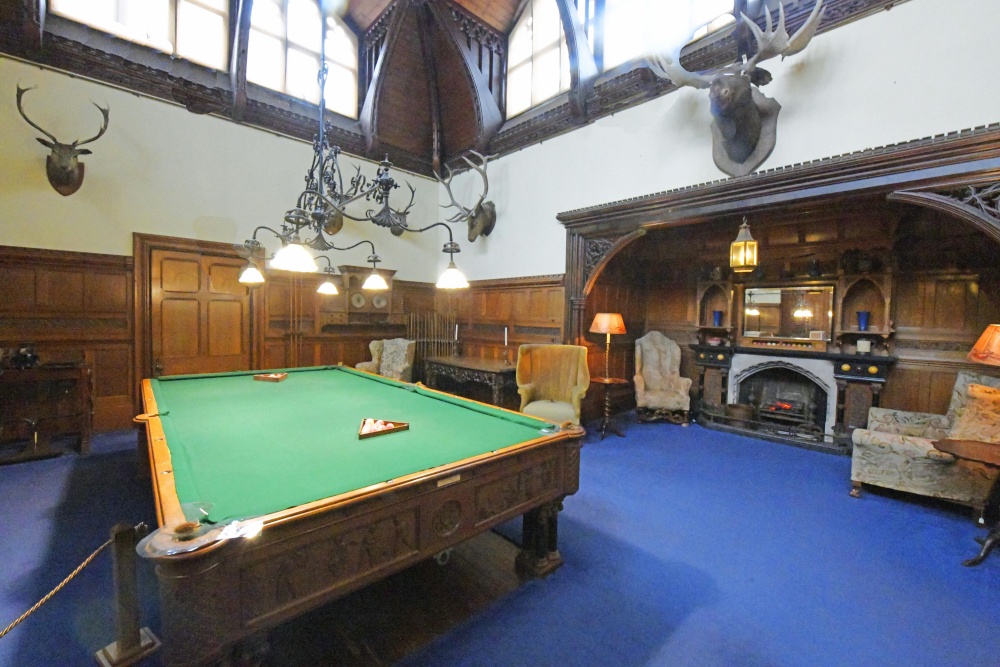 |
Tyntesfield House Interior rooms Tyntesfield is a Victorian Gothic Revival house and estate near Wraxall, North Somerset, England. The house is a Grade I listed building named after the Tynte baronets, who had owned estates in the area since about 1500. The location was formerly that of a 16th-century hunting lodge, which was used as a farmhouse until the early 19th century. In the 1830s a Georgian mansion was built on the site, which was bought by English businessman William Gibbs, whose huge fortune came from guano used as fertilizer. In the 1860s Gibbs had the house significantly expanded and remodelled; a chapel was added in the 1870s. The Gibbs family owned the house until the death of Richard Gibbs in 2001. Tyntesfield was purchased by the National Trust in June 2002, after a fundraising campaign to prevent it being sold to private interests and ensure it would be open to the public. The house was opened to visitors for the first time just 10 weeks after the acquisition, and as more rooms are restored they are added to the tour. This picture appears in the following picture tour: Camera Make: NIKON CORPORATION� Model: NIKON D850� |
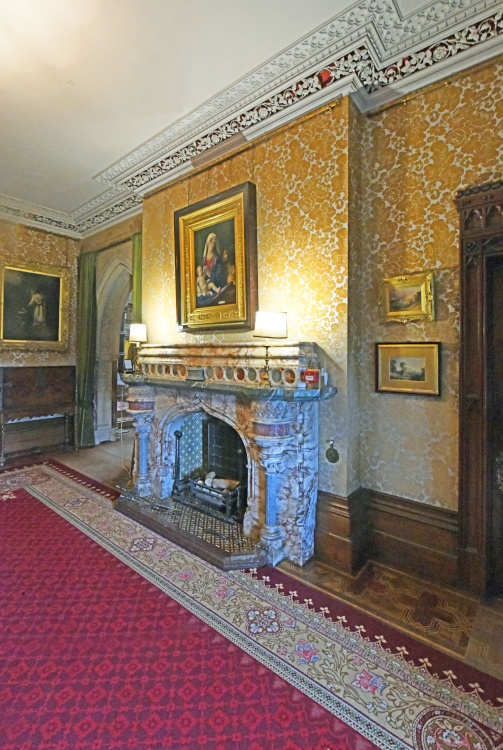 |
Tyntesfield House Interior rooms Tyntesfield is a Victorian Gothic Revival house and estate near Wraxall, North Somerset, England. The house is a Grade I listed building named after the Tynte baronets, who had owned estates in the area since about 1500. The location was formerly that of a 16th-century hunting lodge, which was used as a farmhouse until the early 19th century. In the 1830s a Georgian mansion was built on the site, which was bought by English businessman William Gibbs, whose huge fortune came from guano used as fertilizer. In the 1860s Gibbs had the house significantly expanded and remodelled; a chapel was added in the 1870s. The Gibbs family owned the house until the death of Richard Gibbs in 2001. Tyntesfield was purchased by the National Trust in June 2002, after a fundraising campaign to prevent it being sold to private interests and ensure it would be open to the public. The house was opened to visitors for the first time just 10 weeks after the acquisition, and as more rooms are restored they are added to the tour. This picture appears in the following picture tour: Camera Make: NIKON CORPORATION� Model: NIKON D850� |
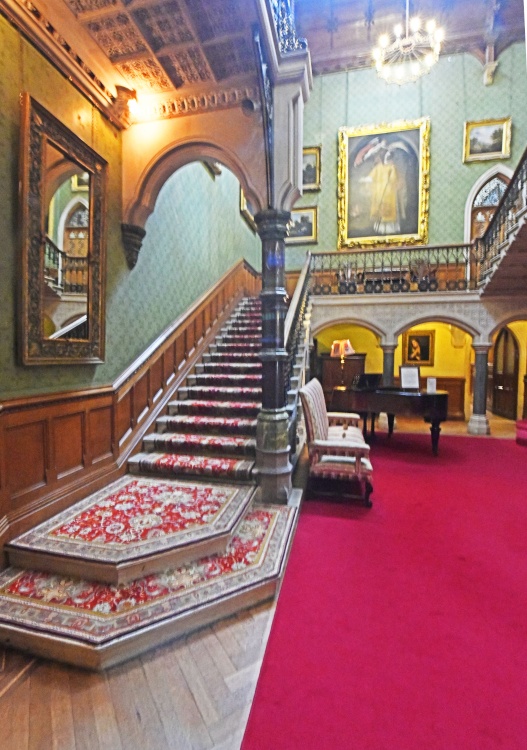 |
Tyntesfield House Main staircase Tyntesfield is a Victorian Gothic Revival house and estate near Wraxall, North Somerset, England. The house is a Grade I listed building named after the Tynte baronets, who had owned estates in the area since about 1500. The location was formerly that of a 16th-century hunting lodge, which was used as a farmhouse until the early 19th century. In the 1830s a Georgian mansion was built on the site, which was bought by English businessman William Gibbs, whose huge fortune came from guano used as fertilizer. In the 1860s Gibbs had the house significantly expanded and remodelled; a chapel was added in the 1870s. The Gibbs family owned the house until the death of Richard Gibbs in 2001. Tyntesfield was purchased by the National Trust in June 2002, after a fundraising campaign to prevent it being sold to private interests and ensure it would be open to the public. The house was opened to visitors for the first time just 10 weeks after the acquisition, and as more rooms are restored they are added to the tour. This picture appears in the following picture tour: Camera Make: NIKON CORPORATION� Model: NIKON D850� |
 |
Tyntesfield House Interior rooms Tyntesfield is a Victorian Gothic Revival house and estate near Wraxall, North Somerset, England. The house is a Grade I listed building named after the Tynte baronets, who had owned estates in the area since about 1500. The location was formerly that of a 16th-century hunting lodge, which was used as a farmhouse until the early 19th century. In the 1830s a Georgian mansion was built on the site, which was bought by English businessman William Gibbs, whose huge fortune came from guano used as fertilizer. In the 1860s Gibbs had the house significantly expanded and remodelled; a chapel was added in the 1870s. The Gibbs family owned the house until the death of Richard Gibbs in 2001. Tyntesfield was purchased by the National Trust in June 2002, after a fundraising campaign to prevent it being sold to private interests and ensure it would be open to the public. The house was opened to visitors for the first time just 10 weeks after the acquisition, and as more rooms are restored they are added to the tour. This picture appears in the following picture tour: Camera Make: NIKON CORPORATION� Model: NIKON D850� |
 |
Tyntesfield House Interior rooms Tyntesfield is a Victorian Gothic Revival house and estate near Wraxall, North Somerset, England. The house is a Grade I listed building named after the Tynte baronets, who had owned estates in the area since about 1500. The location was formerly that of a 16th-century hunting lodge, which was used as a farmhouse until the early 19th century. In the 1830s a Georgian mansion was built on the site, which was bought by English businessman William Gibbs, whose huge fortune came from guano used as fertilizer. In the 1860s Gibbs had the house significantly expanded and remodelled; a chapel was added in the 1870s. The Gibbs family owned the house until the death of Richard Gibbs in 2001. Tyntesfield was purchased by the National Trust in June 2002, after a fundraising campaign to prevent it being sold to private interests and ensure it would be open to the public. The house was opened to visitors for the first time just 10 weeks after the acquisition, and as more rooms are restored they are added to the tour. This picture appears in the following picture tour: Camera Make: NIKON CORPORATION� Model: NIKON D850� |
 |
Tyntesfield House Interior rooms Tyntesfield is a Victorian Gothic Revival house and estate near Wraxall, North Somerset, England. The house is a Grade I listed building named after the Tynte baronets, who had owned estates in the area since about 1500. The location was formerly that of a 16th-century hunting lodge, which was used as a farmhouse until the early 19th century. In the 1830s a Georgian mansion was built on the site, which was bought by English businessman William Gibbs, whose huge fortune came from guano used as fertilizer. In the 1860s Gibbs had the house significantly expanded and remodelled; a chapel was added in the 1870s. The Gibbs family owned the house until the death of Richard Gibbs in 2001. Tyntesfield was purchased by the National Trust in June 2002, after a fundraising campaign to prevent it being sold to private interests and ensure it would be open to the public. The house was opened to visitors for the first time just 10 weeks after the acquisition, and as more rooms are restored they are added to the tour. This picture appears in the following picture tour: Camera Make: NIKON CORPORATION� Model: NIKON D850� |
 |
Tyntesfield House Interior rooms This picture appears in the following picture tour: Camera Make: NIKON CORPORATION� Model: NIKON D850� |
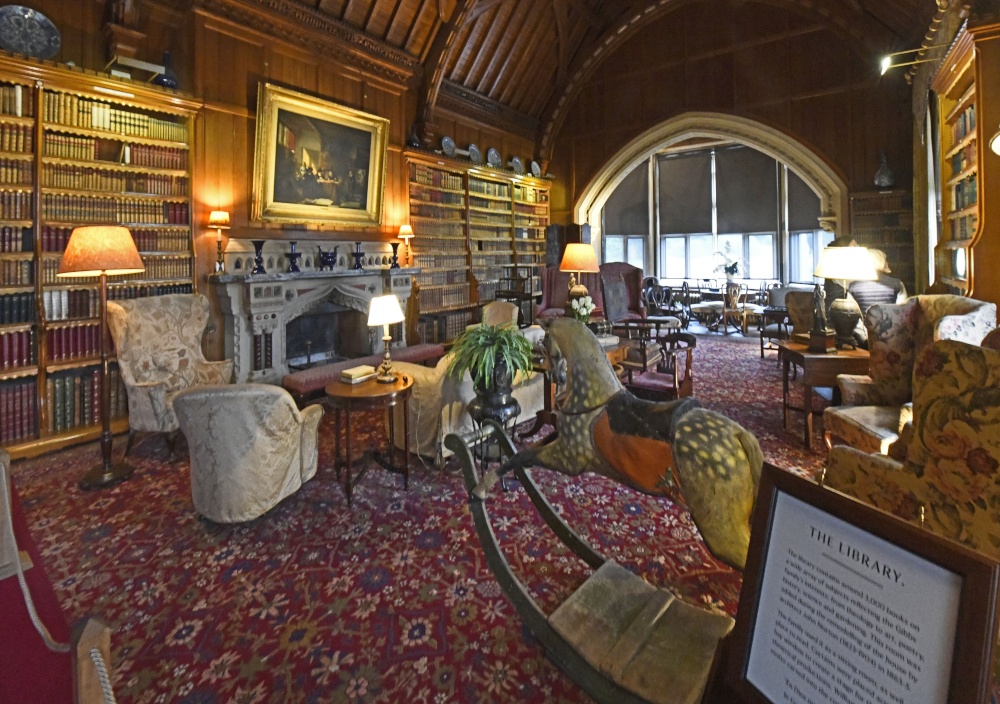 |
Tyntesfield House Interior rooms Tyntesfield is a Victorian Gothic Revival house and estate near Wraxall, North Somerset, England. The house is a Grade I listed building named after the Tynte baronets, who had owned estates in the area since about 1500. The location was formerly that of a 16th-century hunting lodge, which was used as a farmhouse until the early 19th century. In the 1830s a Georgian mansion was built on the site, which was bought by English businessman William Gibbs, whose huge fortune came from guano used as fertilizer. In the 1860s Gibbs had the house significantly expanded and remodelled; a chapel was added in the 1870s. The Gibbs family owned the house until the death of Richard Gibbs in 2001. Tyntesfield was purchased by the National Trust in June 2002, after a fundraising campaign to prevent it being sold to private interests and ensure it would be open to the public. The house was opened to visitors for the first time just 10 weeks after the acquisition, and as more rooms are restored they are added to the tour. This picture appears in the following picture tour: Camera Make: NIKON CORPORATION� Model: NIKON D850� |
 |
Tyntesfield House Garden Tyntesfield is a Victorian Gothic Revival house and estate near Wraxall, North Somerset, England. The house is a Grade I listed building named after the Tynte baronets, who had owned estates in the area since about 1500. The location was formerly that of a 16th-century hunting lodge, which was used as a farmhouse until the early 19th century. In the 1830s a Georgian mansion was built on the site, which was bought by English businessman William Gibbs, whose huge fortune came from guano used as fertilizer. In the 1860s Gibbs had the house significantly expanded and remodelled; a chapel was added in the 1870s. The Gibbs family owned the house until the death of Richard Gibbs in 2001. Tyntesfield was purchased by the National Trust in June 2002, after a fundraising campaign to prevent it being sold to private interests and ensure it would be open to the public. The house was opened to visitors for the first time just 10 weeks after the acquisition, and as more rooms are restored they are added to the tour. This picture appears in the following picture tour: Camera Make: NIKON CORPORATION� Model: NIKON D850� |
 |
Tyntesfield House Garden Tyntesfield is a Victorian Gothic Revival house and estate near Wraxall, North Somerset, England. The house is a Grade I listed building named after the Tynte baronets, who had owned estates in the area since about 1500. The location was formerly that of a 16th-century hunting lodge, which was used as a farmhouse until the early 19th century. In the 1830s a Georgian mansion was built on the site, which was bought by English businessman William Gibbs, whose huge fortune came from guano used as fertilizer. In the 1860s Gibbs had the house significantly expanded and remodelled; a chapel was added in the 1870s. The Gibbs family owned the house until the death of Richard Gibbs in 2001. Tyntesfield was purchased by the National Trust in June 2002, after a fundraising campaign to prevent it being sold to private interests and ensure it would be open to the public. The house was opened to visitors for the first time just 10 weeks after the acquisition, and as more rooms are restored they are added to the tour. This picture appears in the following picture tour: Camera Make: NIKON CORPORATION� Model: NIKON D850� |
 |
Tyntesfield House Garden Tyntesfield is a Victorian Gothic Revival house and estate near Wraxall, North Somerset, England. The house is a Grade I listed building named after the Tynte baronets, who had owned estates in the area since about 1500. The location was formerly that of a 16th-century hunting lodge, which was used as a farmhouse until the early 19th century. In the 1830s a Georgian mansion was built on the site, which was bought by English businessman William Gibbs, whose huge fortune came from guano used as fertilizer. In the 1860s Gibbs had the house significantly expanded and remodelled; a chapel was added in the 1870s. The Gibbs family owned the house until the death of Richard Gibbs in 2001. Tyntesfield was purchased by the National Trust in June 2002, after a fundraising campaign to prevent it being sold to private interests and ensure it would be open to the public. The house was opened to visitors for the first time just 10 weeks after the acquisition, and as more rooms are restored they are added to the tour. This picture appears in the following picture tour: Camera Make: NIKON CORPORATION� Model: NIKON D850� |
 |
Tyntesfield House Garden Tyntesfield is a Victorian Gothic Revival house and estate near Wraxall, North Somerset, England. The house is a Grade I listed building named after the Tynte baronets, who had owned estates in the area since about 1500. The location was formerly that of a 16th-century hunting lodge, which was used as a farmhouse until the early 19th century. In the 1830s a Georgian mansion was built on the site, which was bought by English businessman William Gibbs, whose huge fortune came from guano used as fertilizer. In the 1860s Gibbs had the house significantly expanded and remodelled; a chapel was added in the 1870s. The Gibbs family owned the house until the death of Richard Gibbs in 2001. Tyntesfield was purchased by the National Trust in June 2002, after a fundraising campaign to prevent it being sold to private interests and ensure it would be open to the public. The house was opened to visitors for the first time just 10 weeks after the acquisition, and as more rooms are restored they are added to the tour. This picture appears in the following picture tour: Camera Make: NIKON CORPORATION� Model: NIKON D850� |
 |
Tyntesfield House Tyntesfield is a Victorian Gothic Revival house and estate near Wraxall, North Somerset, England. The house is a Grade I listed building named after the Tynte baronets, who had owned estates in the area since about 1500. The location was formerly that of a 16th-century hunting lodge, which was used as a farmhouse until the early 19th century. In the 1830s a Georgian mansion was built on the site, which was bought by English businessman William Gibbs, whose huge fortune came from guano used as fertilizer. In the 1860s Gibbs had the house significantly expanded and remodelled; a chapel was added in the 1870s. The Gibbs family owned the house until the death of Richard Gibbs in 2001. Tyntesfield was purchased by the National Trust in June 2002, after a fundraising campaign to prevent it being sold to private interests and ensure it would be open to the public. The house was opened to visitors for the first time just 10 weeks after the acquisition, and as more rooms are restored they are added to the tour. This picture appears in the following picture tour: Camera Make: NIKON CORPORATION� Model: NIKON D850� |
 |
Tyntesfield House Tyntesfield is a Victorian Gothic Revival house and estate near Wraxall, North Somerset, England. The house is a Grade I listed building named after the Tynte baronets, who had owned estates in the area since about 1500. The location was formerly that of a 16th-century hunting lodge, which was used as a farmhouse until the early 19th century. In the 1830s a Georgian mansion was built on the site, which was bought by English businessman William Gibbs, whose huge fortune came from guano used as fertilizer. In the 1860s Gibbs had the house significantly expanded and remodelled; a chapel was added in the 1870s. The Gibbs family owned the house until the death of Richard Gibbs in 2001. Tyntesfield was purchased by the National Trust in June 2002, after a fundraising campaign to prevent it being sold to private interests and ensure it would be open to the public. The house was opened to visitors for the first time just 10 weeks after the acquisition, and as more rooms are restored they are added to the tour. This picture appears in the following picture tour: Camera Make: NIKON CORPORATION� Model: NIKON D850� |
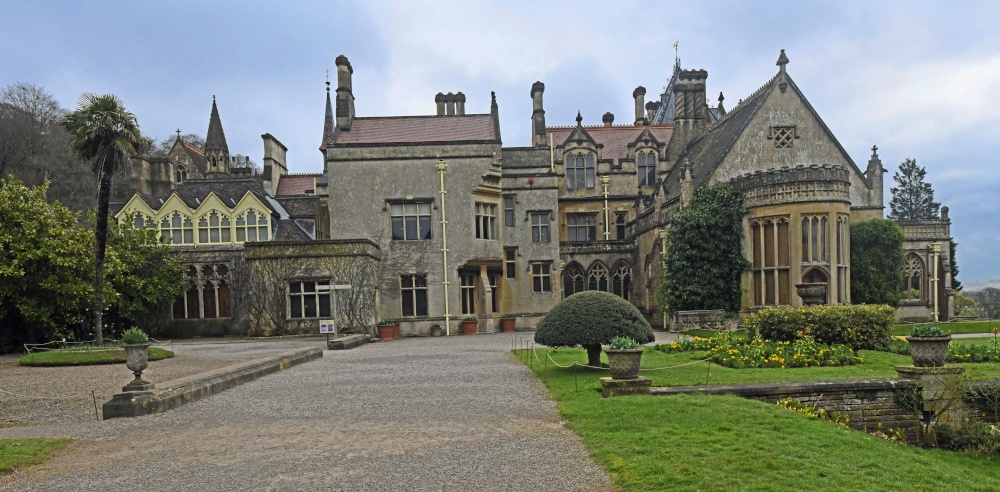 |
Tytesfield House Tyntesfield is a Victorian Gothic Revival house and estate near Wraxall, North Somerset, England. The house is a Grade I listed building named after the Tynte baronets, who had owned estates in the area since about 1500. The location was formerly that of a 16th-century hunting lodge, which was used as a farmhouse until the early 19th century. In the 1830s a Georgian mansion was built on the site, which was bought by English businessman William Gibbs, whose huge fortune came from guano used as fertilizer. In the 1860s Gibbs had the house significantly expanded and remodelled; a chapel was added in the 1870s. The Gibbs family owned the house until the death of Richard Gibbs in 2001. Tyntesfield was purchased by the National Trust in June 2002, after a fundraising campaign to prevent it being sold to private interests and ensure it would be open to the public. The house was opened to visitors for the first time just 10 weeks after the acquisition, and as more rooms are restored they are added to the tour. This picture appears in the following picture tour: Camera Make: NIKON CORPORATION� Model: NIKON D850� |
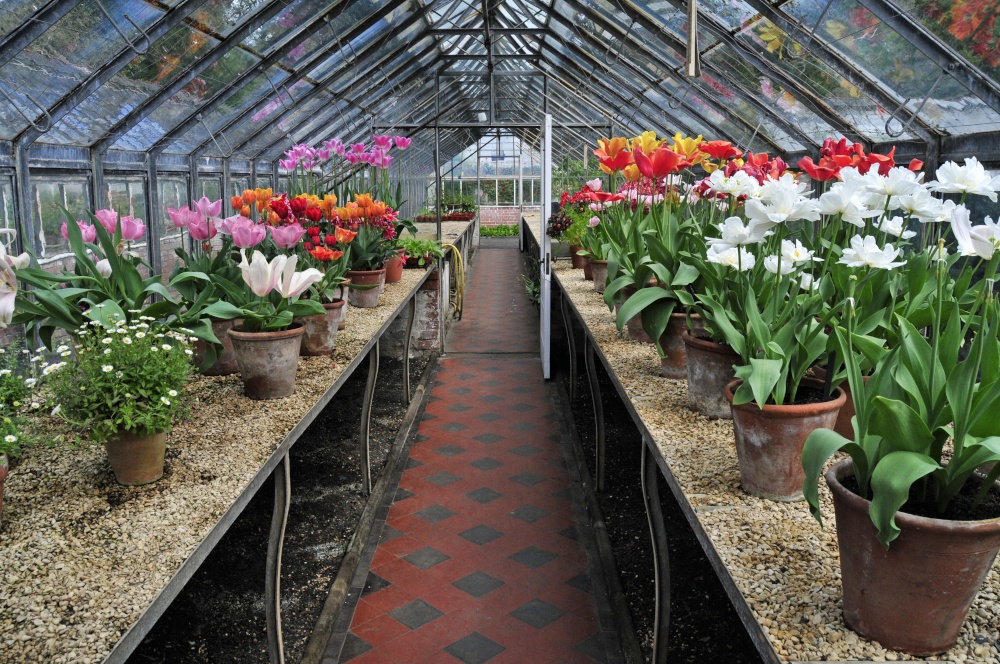 |
Tyntesfield House Garden This picture appears in the following picture tour: Camera Make: NIKON CORPORATION� Model: NIKON D300S� |
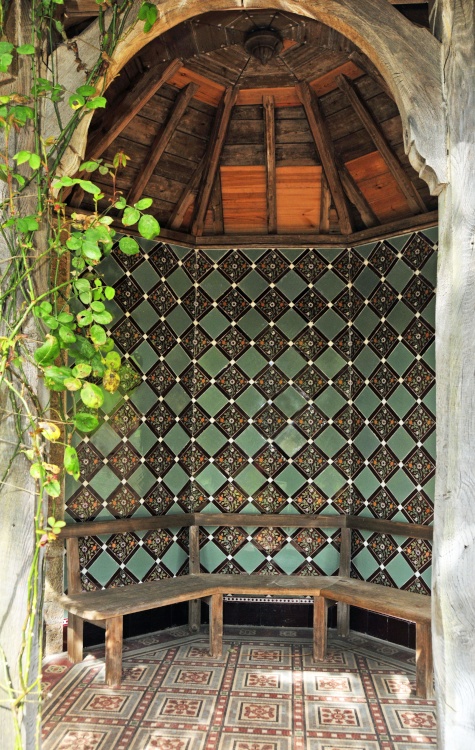 |
Tyntesfield House Garden This picture appears in the following picture tour: Camera Make: NIKON CORPORATION� Model: NIKON D300S� |
 |
Tyntesfield House This picture appears in the following picture tour: Camera Make: NIKON CORPORATION� Model: NIKON D300S� |
 |
Tyntesfield House This picture appears in the following picture tour: Camera Make: NIKON CORPORATION� Model: NIKON D300S� |